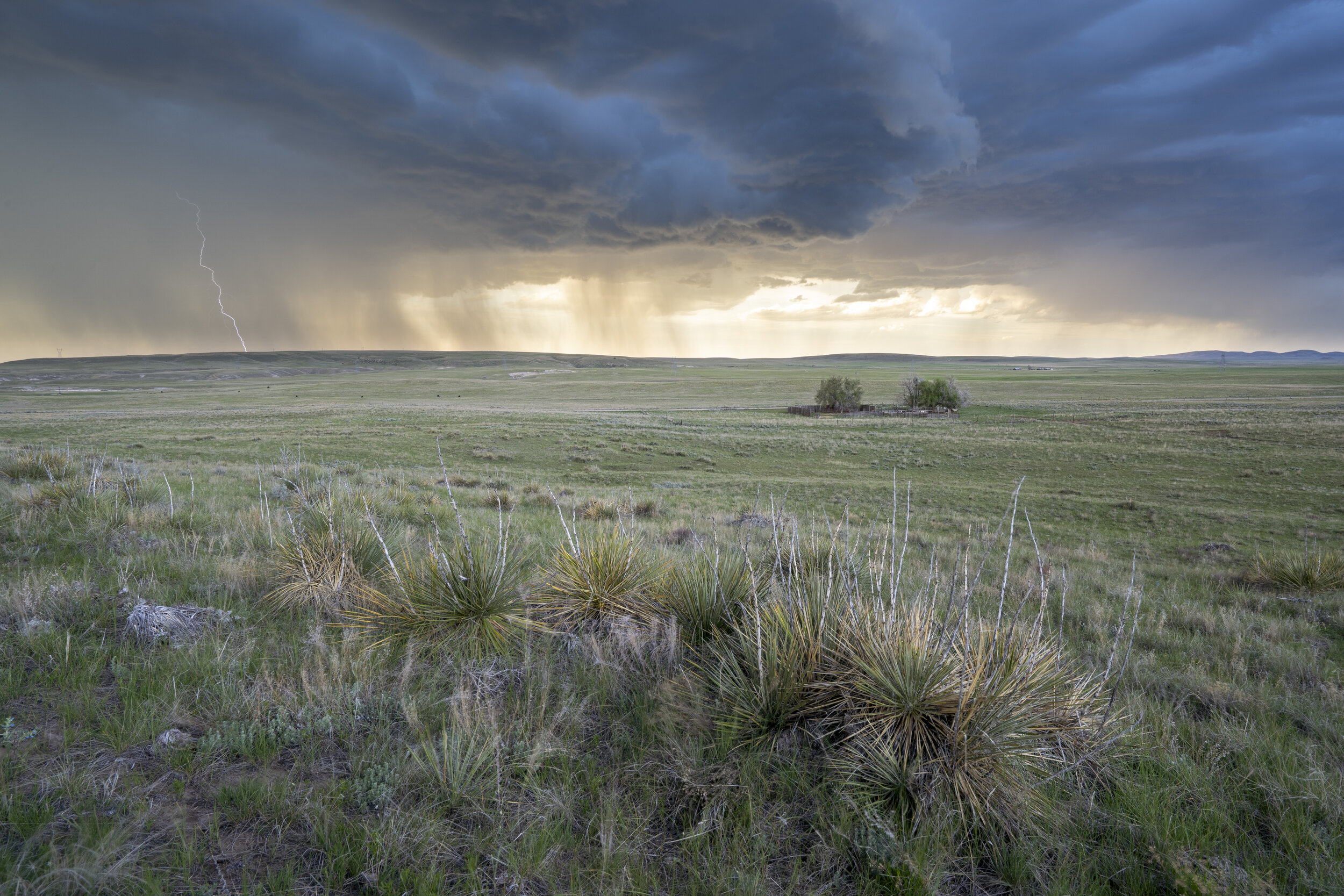
BCAS Articles

2020-2021 Year in Review: A Message from Our President
It’s been quite a year of ever-adapting public health guidelines but that hasn’t stopped us from having a busy year of online and in-person activities! September is the beginning of our new year, so let’s look back at what we’ve accomplished as a group in 2020 and 2021. Much thanks to you, our members, and to our dedicated volunteers for making this a successful year.

Fall Bird Migration in Colorado
Fall bird migration is underway across the state with Colorado's peak migratory activity happening during September nights. However, bright lights around homes and cities can disrupt this important annual phenomenon.

August Nature Almanac: Ebony Jewelwings Dash and Flash Above Languid Streams
Like turquoise and emerald wands with ebony wings, jewelwing damselflies (Calopteryx maculata) make us catch our breath in wonder.

July Nature Almanac: AcroBats Over Boulder
Ten species of bats breed in Boulder County! Learn more about their activities throughout the year and where you can see them in July.

June Nature Almanac: Bobcats Emerge from the Shadows
During our first few decades living in Boulder, we hardly ever saw a bobcat. Now friends and neighbors seem to report encounters with these mostly nocturnal felines almost daily.

May Nature Almanac: Enticing Avocets
Each spring flocks of shorebirds traveling through eastern portions of Boulder County search for places to stop over to refuel before continuing northward to breeding areas on the arctic tundra. Other shorebirds remain here for the summer, setting up territories in the few suitable habitats that remain. One such species is the appealing American Avocet.

Conservation Corner
New conservation easement on ag property in the city of Boulder and more on the CU South ongoing annexation activity.
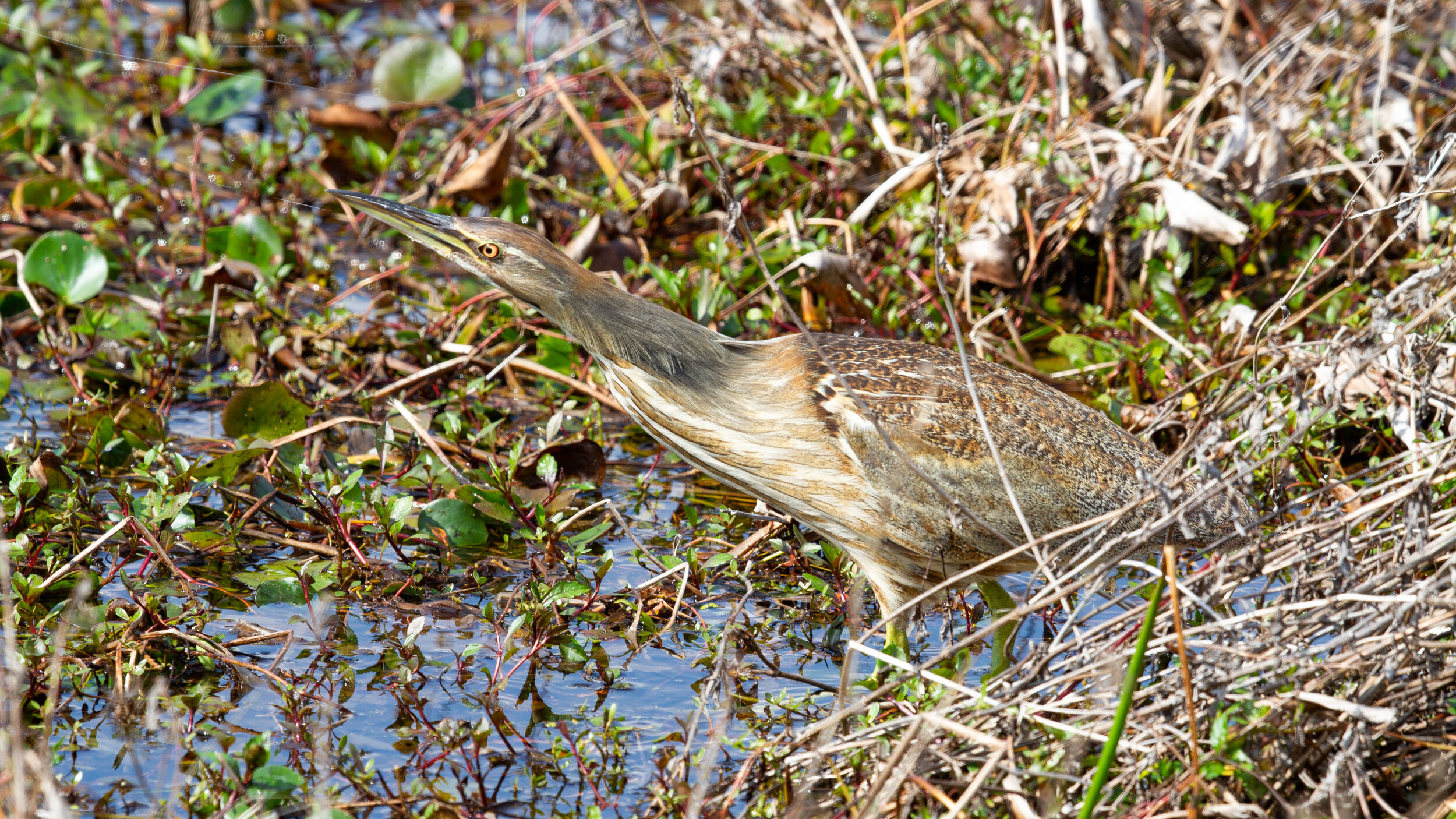
Conservation Corner
In February, the County Public Works department made an ill-conceived and disastrously prepared application for a special use permit for an industrial-scale composting facility on county open space at the site of the former Rainbow Tree Nursery Site, east of US 287 and north of Lookout Road.

April Nature Almanac: Bluebirds Make Our Hearts Sing
How did bluebirds acquire their dazzling color? Once upon a time, according to folklore, all the birds and animals were painted but one. The forgotten bird flew up into the sky to protest its drab coat, and bits of sky stuck to its feathers. Today, we still thrill to see that dazzling color whenever we see a bluebird.

March Nature Almanac: Pampas Hawks Arrive on Schedule but Find Fewer Vacancies
For millennia, pampas hawks (Buteo swainsoni) have lived geographically symmetrical lives, wintering in mid-latitude grasslands of Argentina and nesting in mid-latitude grasslands and desert shrublands of western North America.

Conservation Corner
Many of the issues that have been important in 2020 continue to require attention in 2021.
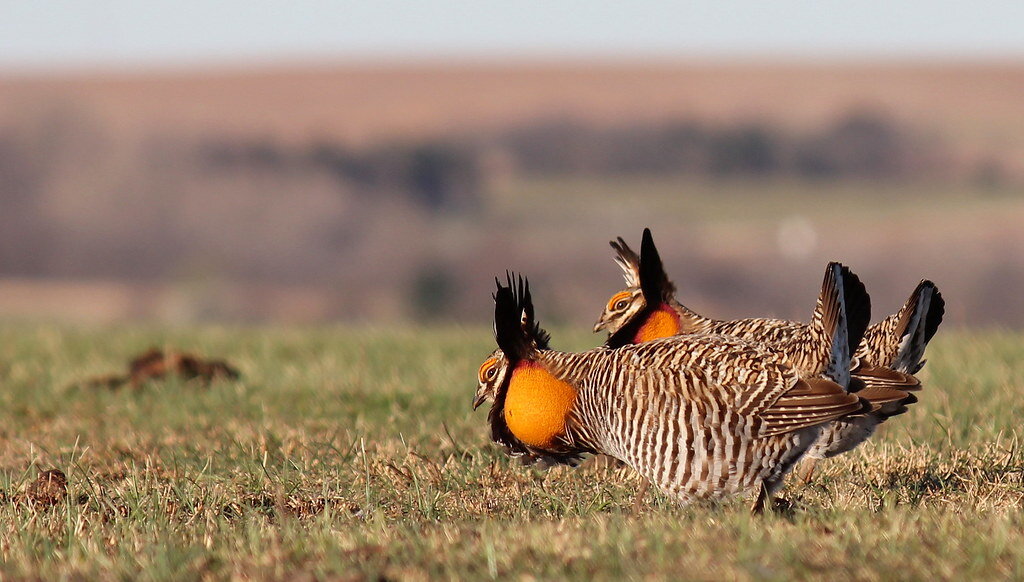
Conservation Corner
At the state level, depending on the election results, we may be looking towards active reintroduction of the gray wolf, which is currently almost extirpated in Colorado. In the next few months we may also see resolution of some issues regarding management of Greater Prairie Chickens on State Land Board properties in southeast Colorado, which are being pursued by the Audubon Colorado Council.

Teen Naturalists Uncover Tallgrass Treasures
When international documentary filmmaker Yan Chun Su offered to lead a filmmaking workshop for our Boulder County Audubon Teen Naturalists, we had no idea what they would come up with. None of the students had ever attempted videography, and many were just beginning to experiment with close-up photography.
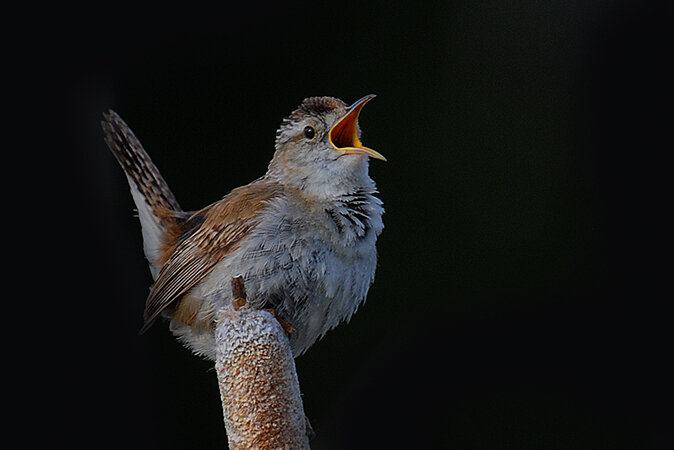
Conservation Corner
Over the last few decades, the Boulder County Commissioners have been particularly astute in creating oil and gas regulations that provide maximum health and environmental protections without overreaching and provoking court rulings that would limit their flexibility and authority.

Ecostewards Track Changes in Distribution of Boulder County Wildlife
Since 2007, three-dozen Boulder County volunteer ecostewards have noted distribution of birds, mammals, herps, and butterflies in more than 20 adopted areas.

Conservation Corner
In the time of the novel coronavirus, decision-making bodies on local environmental issues are all on hold while local and state governments concentrate on those parts of the crisis for which they have to assume responsibility.

What does it take to be a Habitat Hero?
Simply, this is a gardener who is willing to adjust their practices to nurture and sustain plants and animals that have evolved together in a given area.

Conservation Corner
Black-tailed prairie dogs once occupied a territory hundreds of miles wide, stretching from Mexico to Canada. We have now converted nearly all of that grassland to cropland for wheat, corn, other crops; pastures of European grasses; or paved it over for homes and shopping centers. We also introduced sylvatic plague (bubonic plague in humans), a disease that did not exist in North America and for which prairie dogs are not evolved to deal with.

Fluctuating Numbers of Wintering Raptors Reflect a Cold Northern Winter and a Locally Fractured Environment
Since 1983, volunteers with the Boulder County Nature Association have monitored winter raptors. Volunteers driving six survey routes throughout the plains of Boulder County detected more wintering raptors during 2018-19 than had been seen during any previous fall-winter season (15 October-15 March) of the 30-year study.
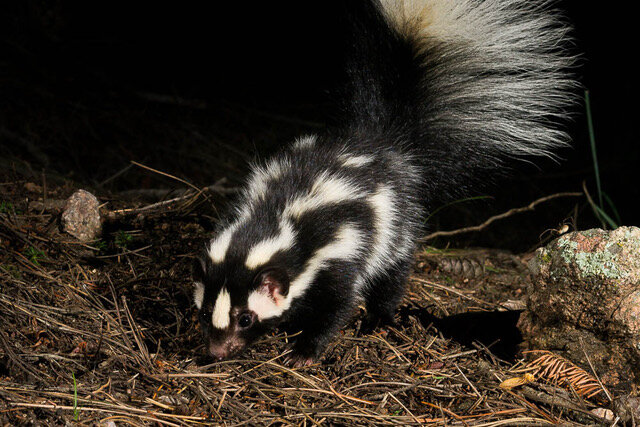
Encounters with Nature: The Western Spotted Skunk
The uncommon, diminutive, and spotted skunk inhabits rocky canyons, foothills, and montane riparian habitats below 8,000 feet in elevation. It uses rocky outcrops and logs for dens and can be found near where people live.
